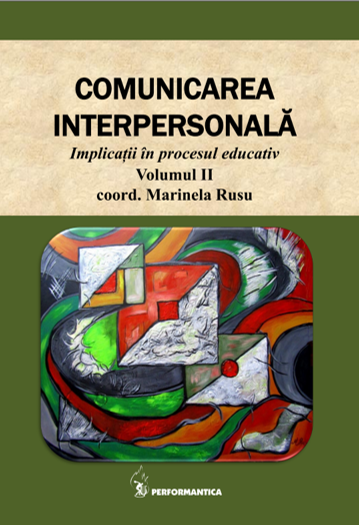EXPRESSIONISM INFLUENCES AND EXPERIMENTS IN CONTEMPORARY DANCE
EXPRESSIONISM INFLUENCES AND EXPERIMENTS IN CONTEMPORARY DANCE
Author(s): Anca Iorga
Subject(s): Social Sciences, Theatre, Dance, Performing Arts, Education, Fine Arts / Performing Arts, Communication studies, Vocational Education
Published by: Biblioteca Ştiinţifică a Universităţii de Stat Alecu Russo
Keywords: expressionism; contemporary dance; artistic experiment;
Summary/Abstract: The world of dance has been influenced by the artistic revolutions of early 20th century. The performances of that period rejected the artificially elaborated technical constructions which limit the evolution of dancers, promoting the freedom of movement. In the same period, appear an avant-garde movement known as expressionism, which will revolutionise the art performance by approaching new forms of expression. Therefore, a new concept show up – Tanztheater. It is used for the first time around 1927, for the choreographic works of Kurt Joos, to identify an emerging dance style within the new forms of expressionist dance. Expressionism opens new perspectives in the world of theatre and dance through the improvement of scenic expression means, by employing new procedures and techniques to create the plot, the conflict and the characters. Dance theatre is rather the fruit of the need of the dancer, actor or performer to assert themselves as a complex artist, capable to embody messages and convey them by using a variety of codes, symbols and movement techniques, than of the desire of the choreographers to engage in a collaborative effort with other artistic fields. Dance theatre performances individualise by short, mostly imaginary moments of dialogue and action. Besides dancing on stage, performers sing, talk, scream and sometimes even laugh or cry hysterically. Repetition is also a means to structure the dance theatre choreographies. Repetition of dance phrases, whether identical or following changes in the sequence of movements in the phrase, adds more drama to the story to be acted out. German expressionism influences are introduced to our country by the work of two Romanian dancers of German descent, Iris Barbura and Katherine Hän. Their experience inspires choreographer Miriam Raducanu, who primarily acquires and subsequently develops this form of expressionist dance, passing these knowledges to her students, Raluca Ianegic and Gigi Caciuleanu
Book: Comunicarea interpersonală. Implicații în procesul educativ. Volumul II
- Page Range: 43-50
- Page Count: 8
- Publication Year: 2021
- Language: English
- Content File-PDF

